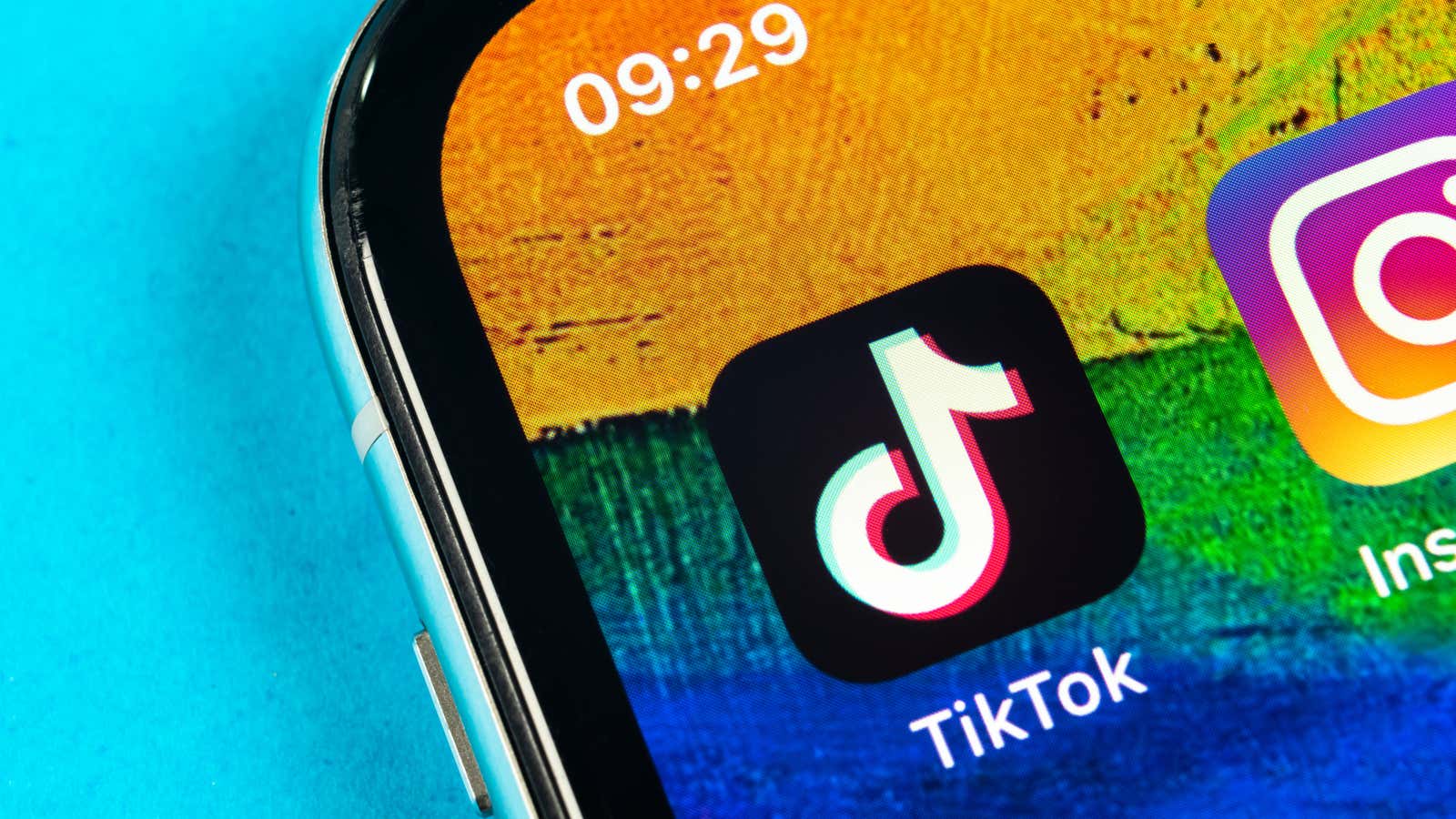What Parents Need to Know About TikTok

It began as a supplement to lip sync Musical.ly, then in 2018 was renamed the TikTok, after which it was imposed a fine in the amount of 5.7 million dollars for the illegal collection of data of children. Today it is one of the most popular social networks among children and adolescents.
TikTok is no longer just karaoke. Users can now post short videos about almost anything; funny or serious, appropriate or inappropriate. And new users flock to it every day – it currently ranks # 1 free iPhone app and # 2 for Android.
Most of what you see on TikTok, at least at first, seems harmless, stupid teenagers. The in-app video editing tools are undoubtedly fun, and young users can get really creative with them. But because the app focuses so much on the use of popular music, they might also hear out of date lyrics or see people dancing provocatively or wearing revealing clothes.
And if you study the app long enough, you may come across darker videos, much more disturbing – a problem that dates back to the days of Musical.ly.
Worst in hashtags
In a Medium piece titled ” Porn is not the worst on Musical.ly, ” writer Anastasia Basil (who, yes, found porn on Musical.ly) dived deeply into the community and found that hashtags are a way for people to use the app inappropriate, and sometimes in extremely offensive ways.
There is a code language that passes through the Musical.ly filters. Some kids add hashtags to their videos with words like thot – short for That Ho Over There – or fgirl, hottie, sxy, whooty, or sin .
… There are #killingstalking Musical.lys, which are dark (artistic? Emo?) Videos of boys holding knives to girls’ throats. There is a #selfharm video that shows the options for suicide – filling bathtubs, images of blades, a child’s voice saying that she no longer wants to live. I saw a boy with a bleeding chest (yes, real blood). I saw a young girl whose thighs were so cut that I had to take a break from writing this article. Long break. The images are deeply frustrating. There are videos #cutter, #triggerwarning and #anorexic. Eating disorder museums have hashtags using proana (anorexia code). I found over eleven thousand #selfhate videos. It goes on and on and on.
The company continues to disallow tags – for example, now when you type #suicide, #mutilation, or #cutting, you are connected to the Suicide Prevention Lifeline number and a list of tips for getting through a tough time. But internet security advocates say teams of moderators can never stay at the top of an ever-changing roster.
“They can’t keep up,” says Chris McKenna, founder of Internet security resource Protect Young Eyes . “Nobody keeps up with the changes. People just change the “O” to zero or put emphasis on things, and suddenly they are outwitting the syntax. It is very easy.”
Parental control
Children under the age of 13 can create an account that will allow them to access a limited, carefully curated section of clean videos (and this does not track their details). They will be able to view these videos and create – but not publish – their own. However, they only need to enter a false date of birth to bypass this rule and access the full app, so make sure you set up the account together.
Parents also need to take a few steps to make their child’s account private. To get started, you can approve all of their followers and specify who can see their posts, react to their videos, post or post comments (which you should also filter for inappropriateness). You will probably also want to disable “in-app purchases” while you are doing this.
But remember that while you can hide your kids well behind parental controls, they can still see everyone else. You have the option to limit screen time and turn on “limited mode” (under Privacy & Settings> Digital Wellbeing). The restricted mode should restrict more mature videos that are not suitable for children, but it is not reliable.
Common Sense Media actually recommends the full version of the app for kids over 16, not 13. But if your child meets the age requirements for the app and you agree to download it, you should set some options. For instance:
- Make sure they include their real birthday.
- Tell them to make their accounts private.
- Even if their account is private, their profile is still publicly visible and may include their real name, photo, biographical information, and location. Ask them to use their alias display name instead – vidcrazy2005 – and not provide any personal information. (And enable “hide location info” in their settings.)
- Tell your child that he can only use the app in public areas at home, not in the bedroom.
- Use the app with them. Making videos together is fun and gives you control over what they record and watch so you can help them form responsible habits.
- Encourage them to tell you if they come across something inappropriate or unpleasant. Continue to discuss the digital footprint they leave and how what they leave can affect them now and throughout their lives.
Also keep in mind that children can download the app and view videos before they register an account. They will need to create an account in order to create their own videos, but the content is still free to watch before they do.
This story was originally published on July 19, 2018, and was updated on October 17, 2019 to provide more recent information.